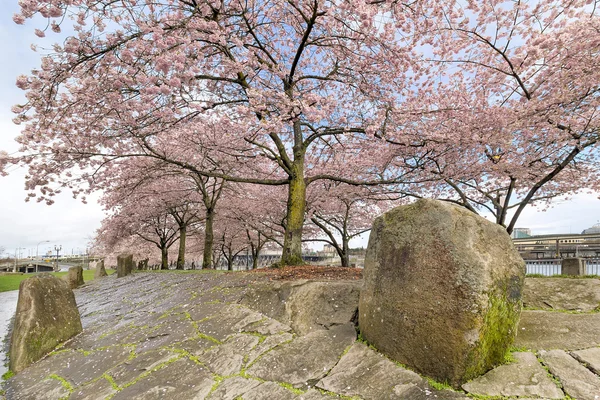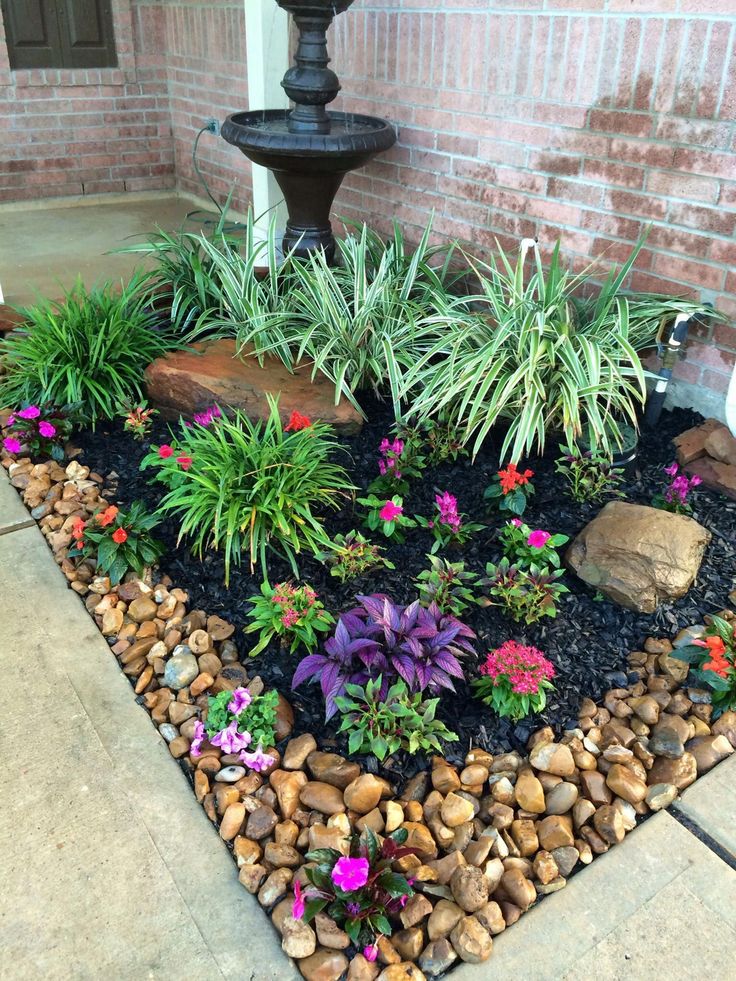Landscaping can be an expensive endeavor, with the cost of plants, soil, and other materials adding up quickly. However, there is one element that can add a unique touch to your landscape without breaking the bank – rocks. Not only are they aesthetically pleasing, but they also have numerous practical benefits. In this article, we will explore the advantages of using free rocks for landscaping and provide tips on how to incorporate them into your outdoor space.
Benefits of Using Free Rocks for Landscaping

Cost-effective and Sustainable Solution
Rocks are readily available in nature, which means you can easily source them for free. This makes them a cost-effective option for landscaping, especially when compared to other materials like pavers or decorative stones. By using free rocks, you can save money while still creating a beautiful and unique landscape. Additionally, using rocks in your landscaping is a sustainable choice as it does not involve any manufacturing processes or require transportation, reducing your carbon footprint.
How to Source Free Rocks
There are several ways to source free rocks for your landscaping project. One option is to ask friends or family if they have any rocks they are looking to get rid of. You can also check with local construction sites or quarries, as they may have excess rocks that they are willing to give away. Another way is to visit natural areas such as rivers, beaches, or mountains, where you can find rocks of various shapes and sizes.
Low Maintenance and Longevity
Unlike plants, rocks require very little maintenance. They do not need to be watered, trimmed, or fertilized, making them a low-maintenance addition to your landscape. Plus, they can withstand harsh weather conditions, making them a long-lasting feature in your outdoor space. This is especially beneficial for those living in regions with extreme weather, as they won’t have to constantly replace or tend to their landscaping rocks.
Choosing the Right Rocks for Your Landscape
When selecting rocks for your landscape, it is crucial to consider their size, shape, and color. Larger rocks can be used as focal points, while smaller ones can be used to create borders or pathways. The shape of the rocks can also add texture and interest to your landscape. Additionally, consider the color of the rocks and how they will complement the overall aesthetic of your outdoor space.
Versatile and Creative Design Options
One of the biggest advantages of using free rocks for landscaping is the endless design possibilities they offer. From creating a natural looking rock garden to building a retaining wall, there are numerous ways to incorporate rocks into your landscape. You can also use them to edge flower beds, create a water feature, or even as mulch in place of traditional materials. The versatility of rocks allows you to get creative and design a landscape that is unique to your taste.
Tips for Incorporating Rocks into Your Landscape Design
When incorporating rocks into your landscape design, it is important to consider the size and scale of your outdoor space. Large rocks can overpower a small yard, while too many small rocks can make a large yard look cluttered. It is best to start with a few rocks and gradually add more if needed. Additionally, consider the purpose of the rocks – do you want to create a focal point or simply add texture? This will help you determine the placement and quantity of rocks in your landscape.
How to Prepare and Use Free Rocks in Your Landscape

Preparing the Site for Rock Placement
Before placing rocks in your landscape, it is essential to prepare the site properly. Start by removing any existing plants, weeds, and debris from the area. Next, level the ground and add a layer of landscaping fabric to prevent weeds from growing through the rocks. Finally, add a layer of gravel before placing the rocks, as this will provide a stable and level base.
Tools Needed for Rock Placement
To properly place rocks in your landscape, you will need some essential tools. These include a wheelbarrow, shovel, rake, and a level. You may also need a pickaxe or chisel to break larger rocks into more manageable sizes. It is important to have these tools on hand before starting your project to ensure a smooth and efficient process.
Using Rocks for Erosion Control
Rocks are an effective tool for controlling erosion in your landscape. They can be placed strategically on slopes or areas prone to erosion to prevent soil from washing away. Additionally, rocks can help with water distribution, reducing the risk of flooding in certain areas of your yard. This is especially beneficial for those living in regions with heavy rainfalls.
Types of Rocks for Erosion Control
When using rocks for erosion control, it is crucial to choose the right type of rocks. Larger, heavier rocks are best for stabilizing slopes and preventing soil erosion. Smaller rocks or gravel can be used to create a drainage system, directing water away from vulnerable areas. It is important to consider the climate and landscape of your region when selecting rocks for erosion control.
Creating a Rock Garden
Rock gardens are a popular landscaping feature that can add texture and interest to your outdoor space. They are relatively easy to create and require minimal maintenance. To create a rock garden, start by choosing a location that receives plenty of sunlight and has good drainage. Next, arrange the rocks in various sizes and shapes, leaving enough space for plants to grow. Finally, add drought-resistant plants such as succulents, cacti, or wildflowers to complete your rock garden.
Benefits of Having a Rock Garden
Aside from their low maintenance and cost-effectiveness, rock gardens offer numerous benefits. First, they do not require constant watering, making them a great option for those living in drought-prone regions. Additionally, rock gardens can attract beneficial insects and pollinators, adding to the biodiversity of your landscape. Lastly, they provide a natural habitat for small animals such as lizards, frogs, and insects.
FAQs about Using Free Rocks for Landscaping

1. Are there any disadvantages to using free rocks for landscaping?
While there are numerous benefits to using free rocks for landscaping, there are some potential downsides. One disadvantage is that finding the right size, shape, and color of rocks may be challenging, depending on where you source them from. Additionally, rocks can become slippery when wet, so it is important to take precautions when placing them in high-traffic areas.
2. Can I use any type of rocks for landscaping?
Not all rocks are suitable for landscaping. Avoid using soft rocks like sandstone or limestone, as they can easily deteriorate over time. It is best to use hard, durable rocks such as granite, basalt, or quartzite for landscaping purposes.
3. How much space do I need for a rock garden?
The size of your rock garden will depend on the available space and the number of rocks you have. It is best to start small and gradually expand as needed. A good rule of thumb is to leave at least one foot of space between each plant and the rocks to allow for proper growth.
4. Do I need to add soil if I am using rocks for erosion control?
Yes, adding topsoil to the area before placing rocks can help with water distribution and increase the stability of the rocks. This is especially important if you are using smaller rocks or gravel for erosion control.
5. Can I mix different types of rocks in my landscape design?
Absolutely! Mixing different types of rocks can add depth and texture to your landscape. Just be sure to consider the size, shape, and color of each rock to create a cohesive design.
Conclusion

Using free rocks for landscaping is a budget-friendly and sustainable option that offers numerous benefits. Not only can they add beauty and interest to your outdoor space, but they also require minimal maintenance and offer creative design options. By following the tips and techniques outlined in this article, you can easily incorporate rocks into your landscape and create a unique and environmentally friendly outdoor space. So go ahead and start collecting those free rocks and let your creativity run wild!
